Investigation
Evaluate the viability and quality of its beaches.Study
Evaluation Study of beach quality in regards to sea turtle (Caretta caretta) nests.
Global warming is affecting sea turtles that are dispersing in response to climate change in search of cooler nesting beaches. The Balearic Islands can be potentially important zones of dispersal for sea turtles; consequently it is necessary to evaluate the viability and quality of their beaches.
Since 2014, the Palma Aquarium Foundation collaborates with Dr. Adolfo Marco (Higher Council for Scientific Research, CSIC) in the Study of the beach quality for the nesting of sea turtles Caretta caretta.
The temperature of the beaches is measured by burying automatic temperature sensors between June and November. The analysis of the data obtained during several years of study will allow to identify the best beaches for the translocation of sea turtle nests in case of nesting in the Balearic Islands.
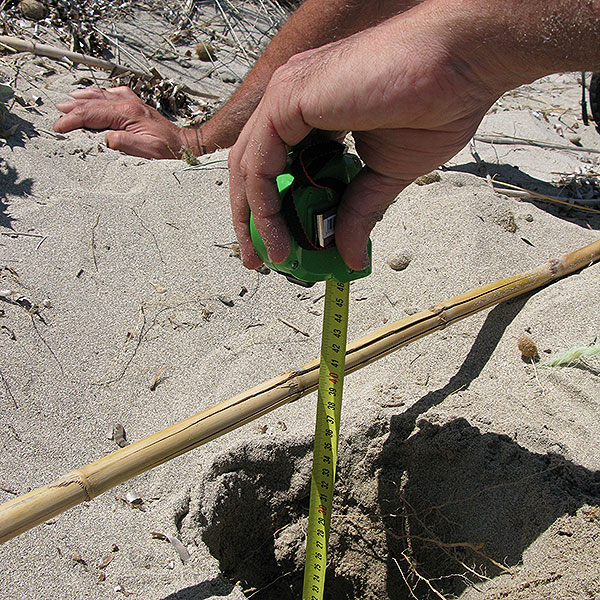
Biochemical markers
Use of biochemical markers as recovery indicators of the sea turtle “Caretta caretta”
The objective of the study is to determine the biochemical responses of sea turtles Caretta caretta admitted to Palma Aquariums the Recovery Centre due to varioustype of pathology and / or traumatic affectation (hooks, wounds, impacts with boats …). By the use of different biochemical techniques we intend to quantify the degree of “induced stress” due to these situations and do a follow up and evidence the recovery.
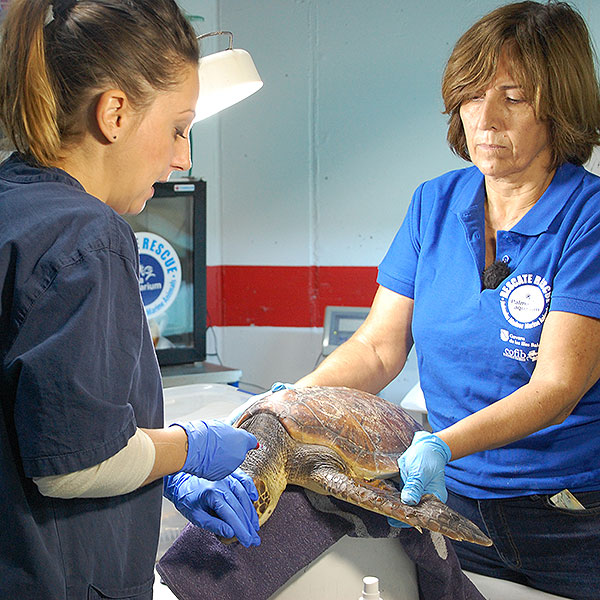
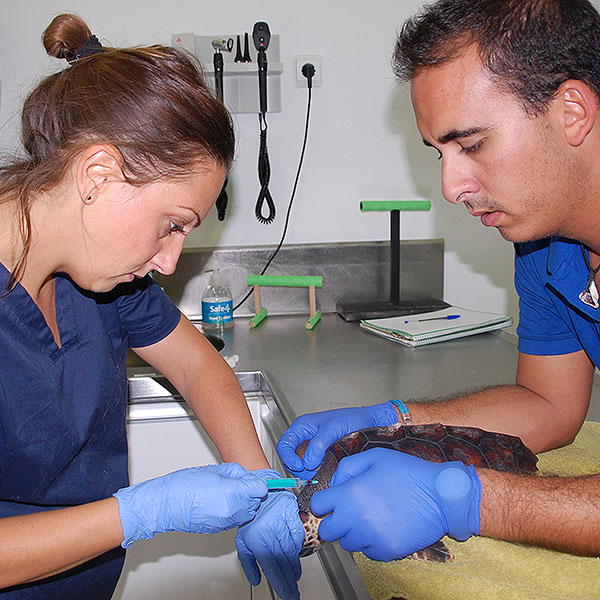
Contribution
Contribution of samples for research
The Palma Aquarium Marine Fauna Recovery Center and the Palma Aquarium Foundation collaborate in the supply of blood and tissue samples taken from attended animals of all species for different scientific studies, in collaboration with the University of Barcelona (UB), University of Barcelona. Illes Balears (UIB).Contribution of samples for research.
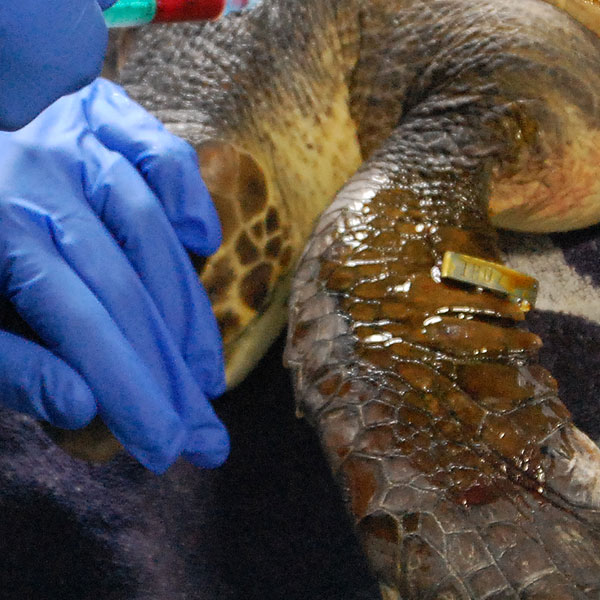
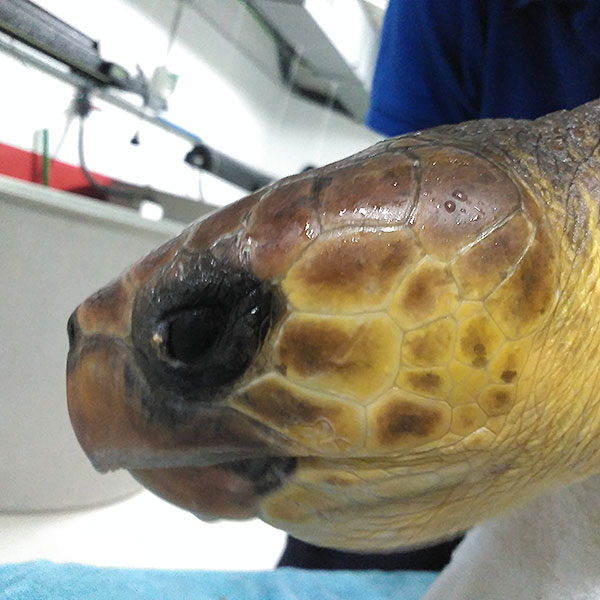
Campaign
Marking of sea turtles
The Palma Aquarium Foundation collaborates with Dr. Adolfo Marco of the Higher Institute for Scientific Research (CSIC) and the Spanish Herpetological Association (AHE) in the sea turtle tagging campaigns, carrying out the double marking of all specimens that pass through Palma Aquariums Recovery centre, using TAG`s (external label) of metallic type inserted in the front flipper together with microchips (PIT`s) of AVID type.
The information generated forms a general database, which constitutes an important conservation tool for betterspecies management.
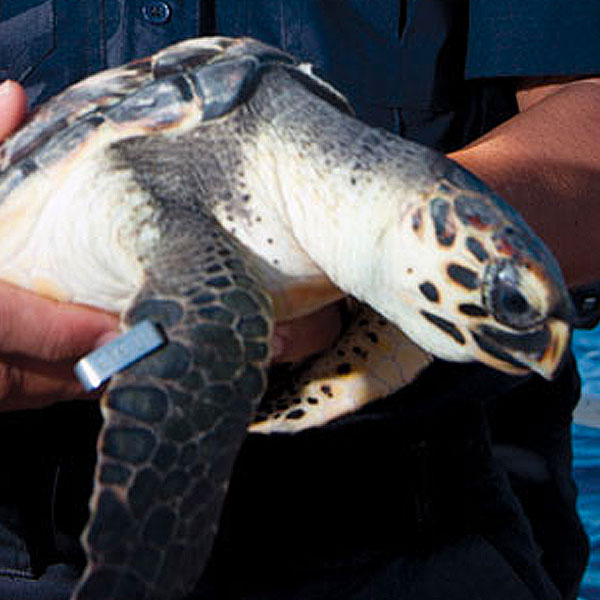
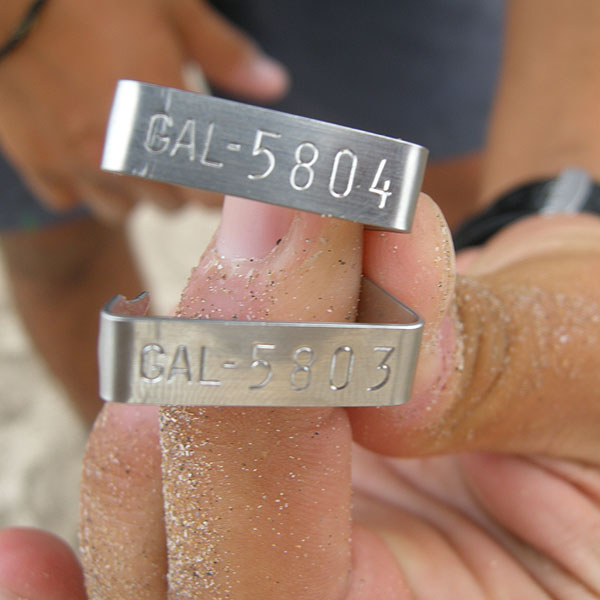
Oceanographic Turtles
Observation platforms for the conservation and dynamic management of the ocean
This project, coordinated by the ICTS Coastal Observation System of the Balearic Islands (SOCIB), has been one of the five selected projects by the BBVA Foundation in the area of Ecology and Conservation Biology and will integrate various electronic monitoring systems (SMEs) with platforms of forecasting and observation of the oceans (PPOO). Although it has just started, last summer it has already carried out a pilot test combining physical oceanography with biological oceanography in a multiplatform experiment.
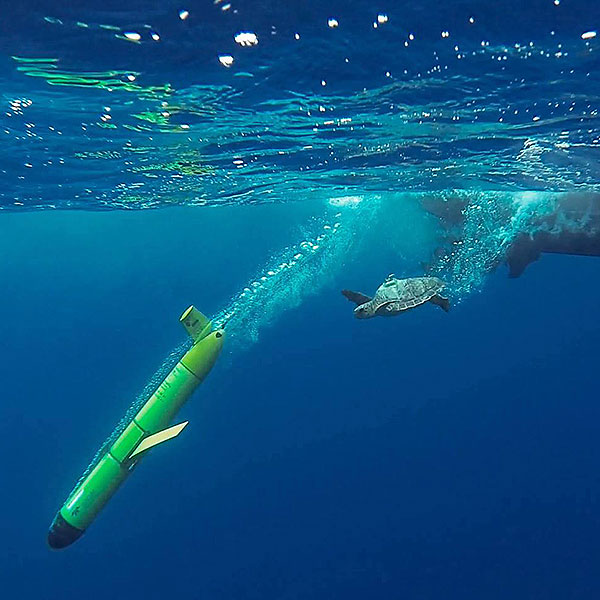
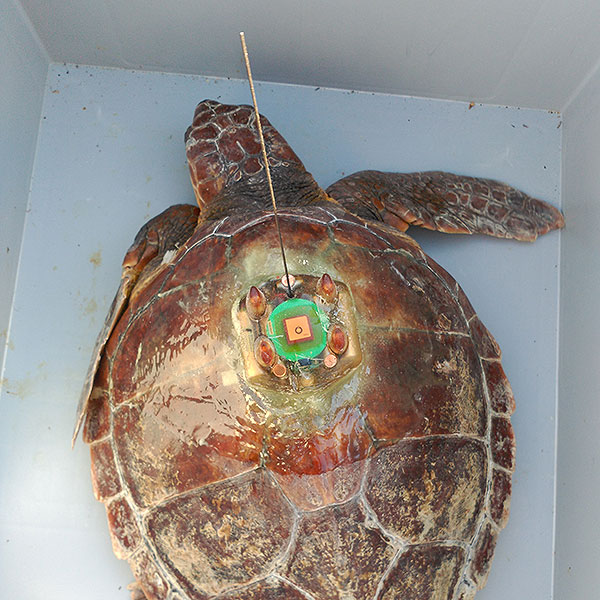
Scientific Publications
Els encallaments de cetacis a les Illes Balears
Download file .pdf
Varamientos tortugas marinas
Download file .pdf
Impacto de Residuos Sólidos en Tortugas en aguas de las Islas Baleares
Download file .pdf